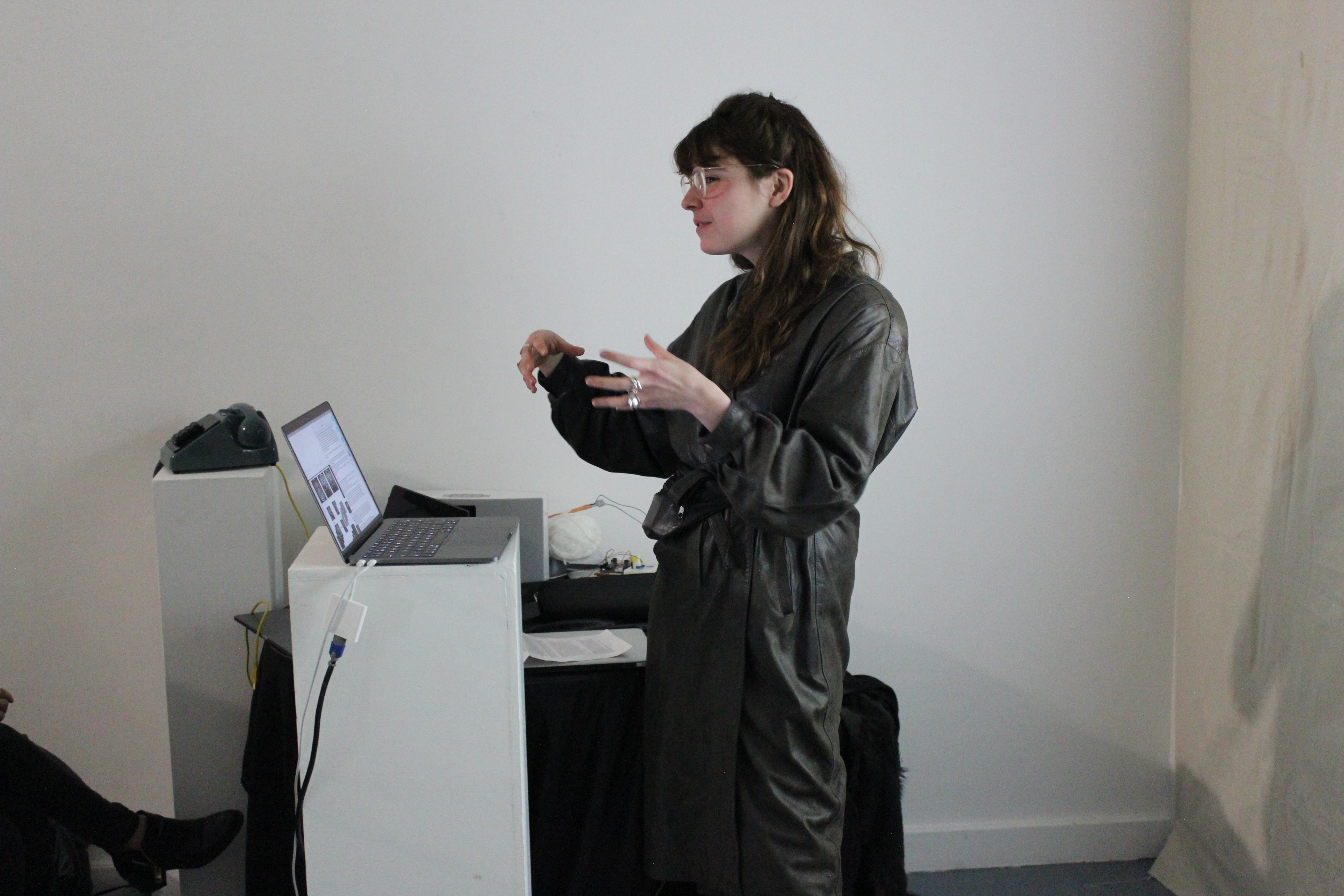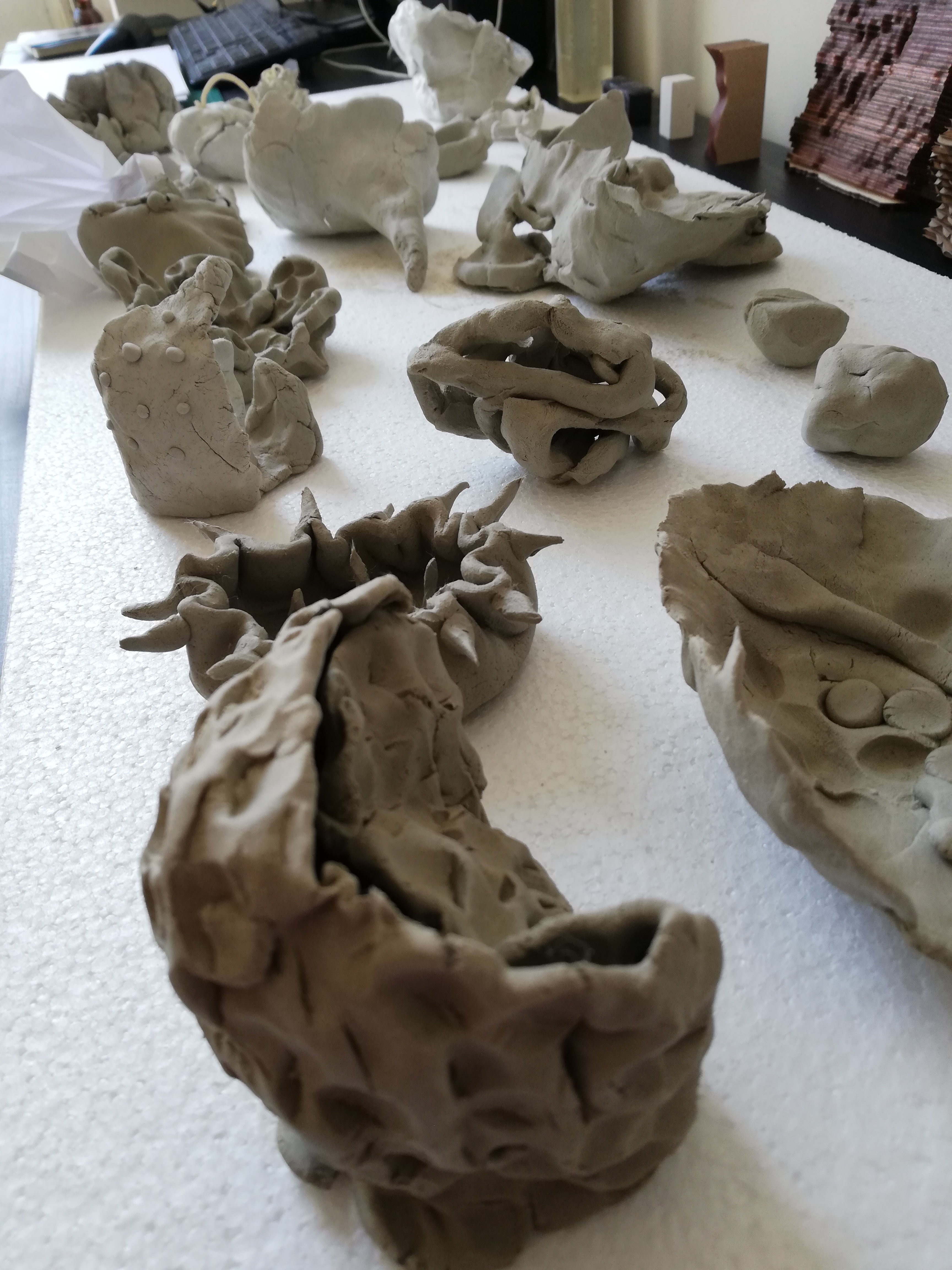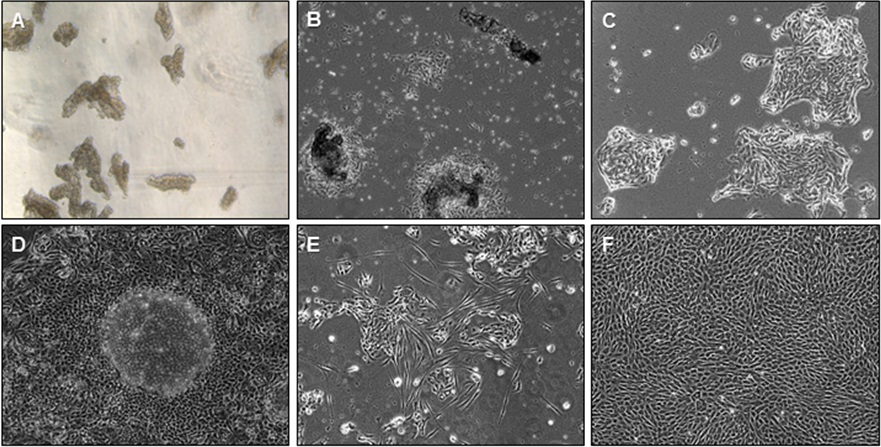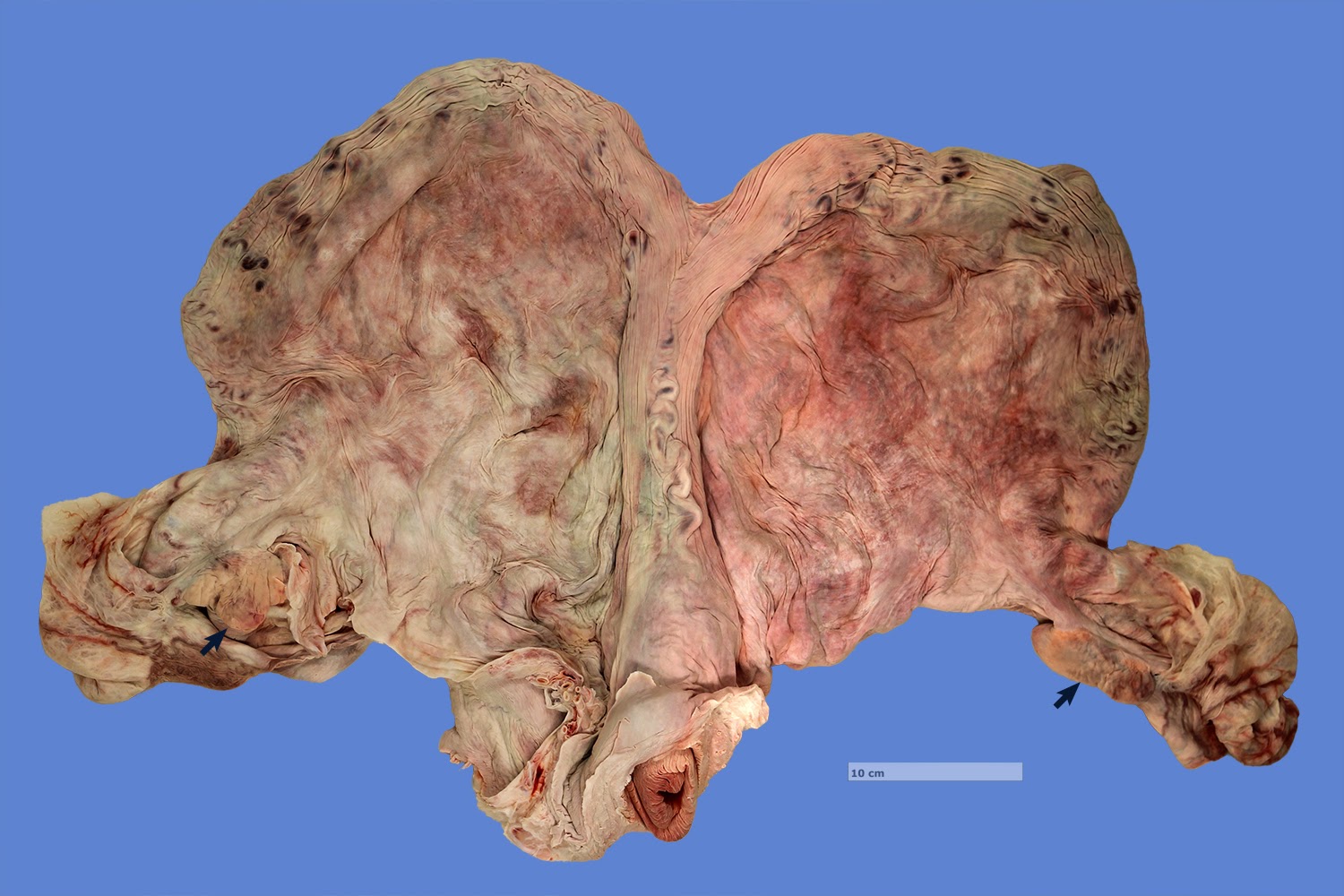Home
XVII. KILLINGEGO & SYMPOIESIS
25/03/19
“ I think collaboratively, scavenger that I am. “ Lauren Berlant.
This blog post is a premise for a short text I am currently thinking about “Killing my ego softly, sympoiesis and love within artistic research” and which feeds into Uterii’s research project.
I believe my interest for comoning came from a general sense of isolation and affection specifically tied to my creative practice. I seek forms of reinsurance within the mystified artist’s figure — performer of its own sublime. Hopefully realising recognition might as well be a consequence of individualisation at play within neoliberal (art) market — another place I ambivalently fantasised about, and that it can be found elsewhere. Farther, concerned with the exclusive aspect of art as a commodity, it is likely that artists could endorse response-abilities through sympoiesis rather than autopoiesis (d. Harraway), comoning and collective actions. Still baring in mind the ambivalence such enterprise sustain in that relational, participatory and community art are also co-opted and commodified by institutions.
Discussing Barthes “Death of the author” in post-modern context through the reading of “Going public” by Boris Groys, one could argue that the ideal of artist’s ego-erasure (narcissi cancelation) could also result from a modernist dominating imperative. Transcending this fetishised ideal of the artist as a mediator between “true nature” and public by means of technical excellence and subjective cancelation; I am interested in thinking the artist as a mean to think things, with things and about thing (D. Haraway). Because, as Stengers & Despret state “Think we must. We must think”. Farther, it is beyond Cartesian ego-centric approach to thinking “I think, therefore, I am”, that we must think. By looking at co-thinking as a collective gesture rather than thinking for ourselves, about ourselves within a potentially harmful ideal of self-progress. Indeed, it is essential to approach thinking as a collective act emerging from shared reflective moments. Herein, the artist could play a facilitator’s role as he already enjoys the “privilege” of thinking things (through artistic practice) as a day-to-day activity (or at least part-time).
I frequently find myself questioning the relevance of my practice through narcissist anxiety. What is it that I do, why, what is it useful for? Recursive thoughts marked by a modernist (+enlighten) education where I learned that the artist had to carry out a specific role in society toward undefined goals inscribed in ideals of progress, evolution, recognition and success. Whilst, undergoing several mental disruptions resulting from a vivid acknowledgement of the absurdity and dangerosity of such thinking (Notably through the reading of Stiegler’s “Disruption, how not to go mad?”) I started to believe that thinking about the relevance of our practice might be an irrelevant thought. Not in discarding criticality — as what we make makes us, and vice versa. But rather in detaching ourselves from climbing ladder imperatives meanwhile embracing D.Harraway notions of “passionate distance”. Markedly, I would propose an active acknowledgment of our own inutility as “artists”. By considering the artistic work as having its own agency and contingency, independent from its author but in a non-modernist truth ideal, rather a result of sympoiesis. The artist would make to the art but not make the art. Simultaneously letting go of notions of ownership, authorship, recognition… by means of non-conclusion only intention, movement (not evolution), vibration, emergence, assemblages… Embodying this idea of “self-loss on behalf of a non repetition of the world as it presents itself” Introduced by Lauren Berlant in “ a properly political concept of love: Three approaches in ten pages.”
Drifting on the experience perceived while working with Uterii, one of the first sensation I is that of “I-splaining” my public instead of carefully co-listening. (even the world “public” here sounds problematic as it is doubtful wether the artist is different from its audience in the sense that they can only co-exists in mutual dependency). This I-splaining was hidden under a discourse of emancipation by means of knowledge transmission, although I became thoroughly aware of the limits of my own knowledge and emancipation. It is by means of discussion with Helen Pritchard, Rachel Falconner and my peers that I came to the semi-conclusion that rather than “transmission”, It was quintessential to focus on ideas of horizontal thinking, non-concluding processes and purposeless methodology by means of active listening, caring and love. Nevertheless, it is a very tenuous path.
How can I give to you without developing a sense of domination/dependency by act of giving?
How can I acknowledge this act of giving is to receive simultaneously from you (without expectation)?
Irigaray influenced deeply this deconstructed approach to the act of giving, loving and caring as an active acknowledgement of our disability to ever understand one another and therefore give up on ideals of mutual understanding.
How can I develop tools which acknowledge this uncategorizable alterity of the other (as human and non-human) whereas simultaneously addressing matters that matters and deserve to be thought of?
How can I initiate a dialogue with you without profiting from the initiation process?
How can we initiate without the I, we-nitiate whereas acknowledging the uncertainty of such process?
Thinking dispersively, it could be achieved by means of response-able collective world-making toward a sustainable cacophony. Not aiming in becoming a nice social artist (which reenact some form of imperialism drive in quantifiable recognition) but rather about actively listening to already present rhythm and diffuse this noise. Listening to our rhythms by means of curious/ disinterested patience. Sharing everything we think we know and joyfully deconstruct it by means of optimistic ignorance (L. Berlant). Acknowledging the potentiality of world making but simultaneously deconstructing systemic structures of love and care.
That is a non-guaranteed gesture.
BIBLIOGRAPHY
De Bruyne P. and Gielen P. (eds.), Community Art: The Politics of Trespassing, Amsterdam, Valiz, 2011, ISBN 9789078088509, 374 pages
Groys, B. (2010). Going public. Berlin: Sternberg Press.
Haraway, D. (2016). Staying with the trouble. Durham (N.C.): Duke University Press
Barthes R. (1997). ‘The Death of the Author’. In: Newton K.M. (eds) Twentieth-Century Literary Theory. Palgrave, London
Irigaray, L. (2000). To Be Two (1). London, UNKNOWN: Taylor and Francis.
BERLANT, L. (2011). A PROPERLY POLITICAL CONCEPT OF LOVE: Three Approaches in Ten Pages. Cultural Anthropology, 26(4), pp.683-691.




mememememememememe
themthemthemthemthemthem
us?